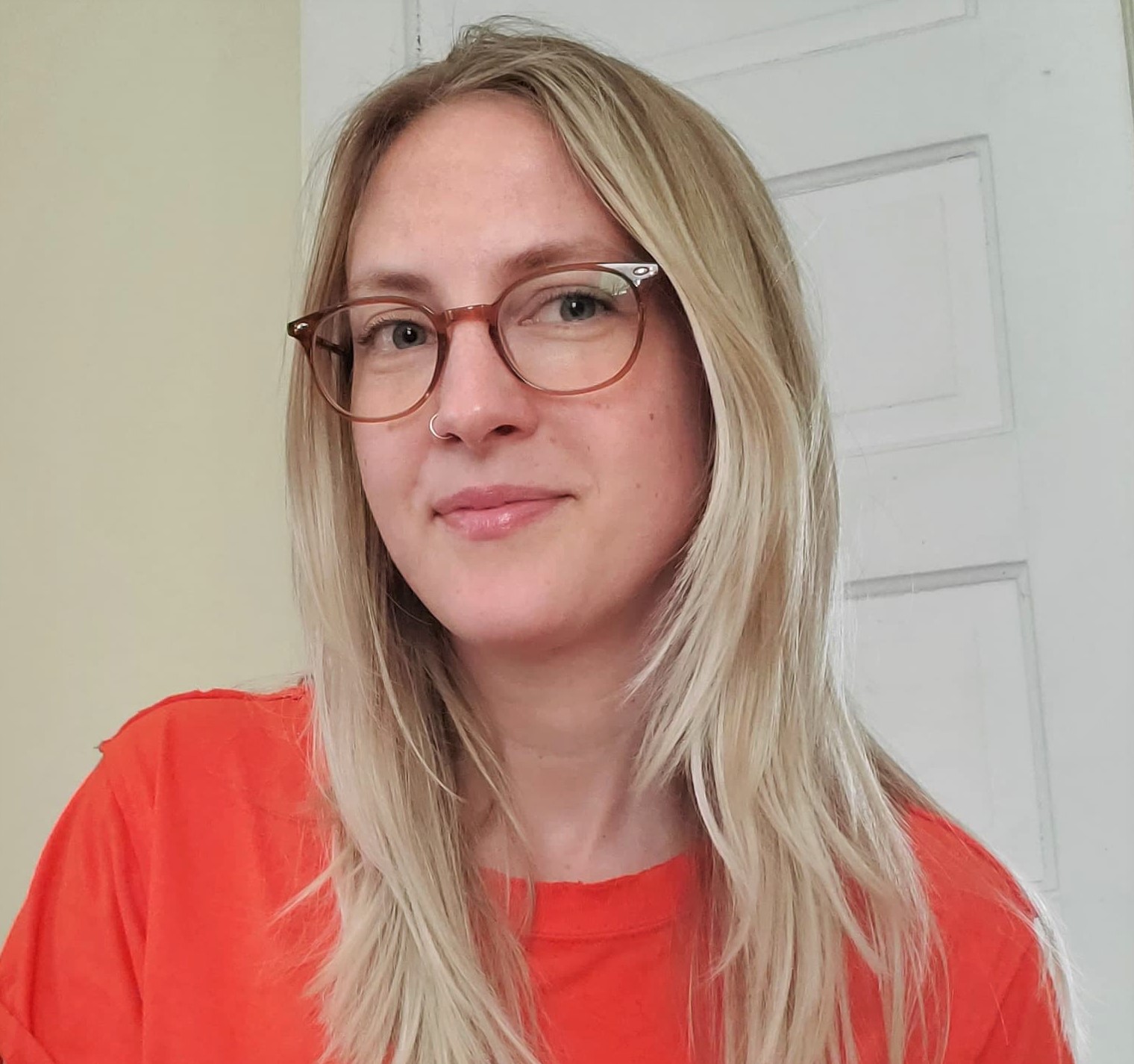An Update from Curating Indigenous Digital Collections

Sarah Lundquist
by Sarah Lundquist, Curating Indigenous Digital Collections Fellow
My position as Curating Indigenous Digital Collections (CIDC) Fellow with WiLS began in May 2021. Now approaching the New Year, the fellowship has just recently passed the halfway mark! This is a perfect opportunity to reflect and share on the progress of my work in this role so far.
The CIDC fellowship reflects WiLS’ commitment supporting Wisconsin’s tribal libraries, archives, and museums. From the start, my current role was designed as the first of three distinct year-long positions. It is based on a partnership with the Ho-Chunk Nation, and future fellowship positions are planned with the Stockbridge-Munsee and Menominee nations. These fellowships are part of a larger initiative to preserve and protect traditional knowledge in the digital space, and are funded by a grant from the National Endowment for the Humanities.

An example of the digitized cultural heritage preserved by the Ho-Chunk Nation Museum and Cultural Center. This photo features (by their English names): Mary Littlesoldier (seated left) with her daughter Mandy T. Longtail (seated right). Behind them are Mary’s son David Bow Littlesoldier (standing left) and his wife, Emma Thunder Littlesoldier (standing right). The group was photographed by Charles Van Schaick in the photographer’s Black River Falls, WI, studio, ca. 1910.
The curating and archiving aspect of my work relies on a content management system called Mukurtu. Mukurtu is a digital archiving platform designed to meet the unique needs of Indigenous communities in allowing large-scale information sharing through the internet, with protocols in place to ensure that the digital materials are kept private and secure. It also assures that digital materials will be accessed and used in culturally appropriate ways by vetting access for users and their individual needs. An example of this cultural responsiveness includes the ability to open or limit access to materials according to the season or time of year. This is useful for the Ho-Chunk and many other Indigenous communities in Wisconsin, who maintain the tradition of telling certain cultural stories only in the wintertime. The protocols built into the Ho-Chunk Nation’s Mukurtu site ensure that materials will be available according to their seasonal context, and users will be advised of guidelines like these as they explore the archives.
The last seven months have opened my eyes to all that goes into organizing archival materials. I’ve learned about the many features that Mukurtu offers in showcasing digital materials of all kinds, including photographs, documents, videos, and audio. Recently, I’ve had an opportunity to take part in the digitization process and help develop a collection celebrating the Ho-Chunk Language Division’s evolution over the last few decades. It has been a meaningful experience to contribute to such a fantastic collection of digital heritage.
There is much more to look forward to in the project work that remains. The Ho-Chunk Nation will soon be launching their original Mukurtu-based site, and access to digital collections housed by the Ho-Chunk Museum and Cultural Center and the Ho-Chunk Language Division will follow shortly after. Additional ongoing work includes documenting project steps and collecting project resources for future reference. It is our hope that this documentation will be useful for the Ho-Chunk Nation and other Wisconsin communities engaged in digital archiving projects. Covid-19 conditions permitting, I look forward to spending more time visiting with the Ho-Chunk Nation in the spring, and continuing to develop collections alongside them.



Comments are closed.